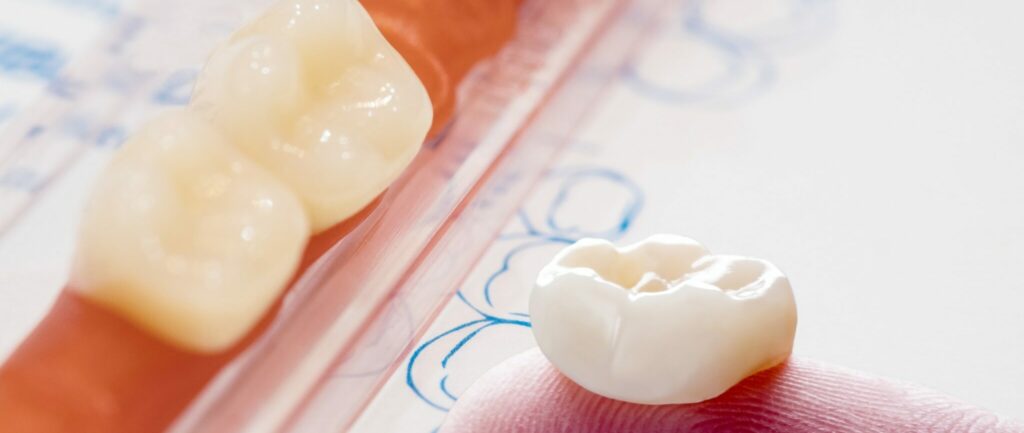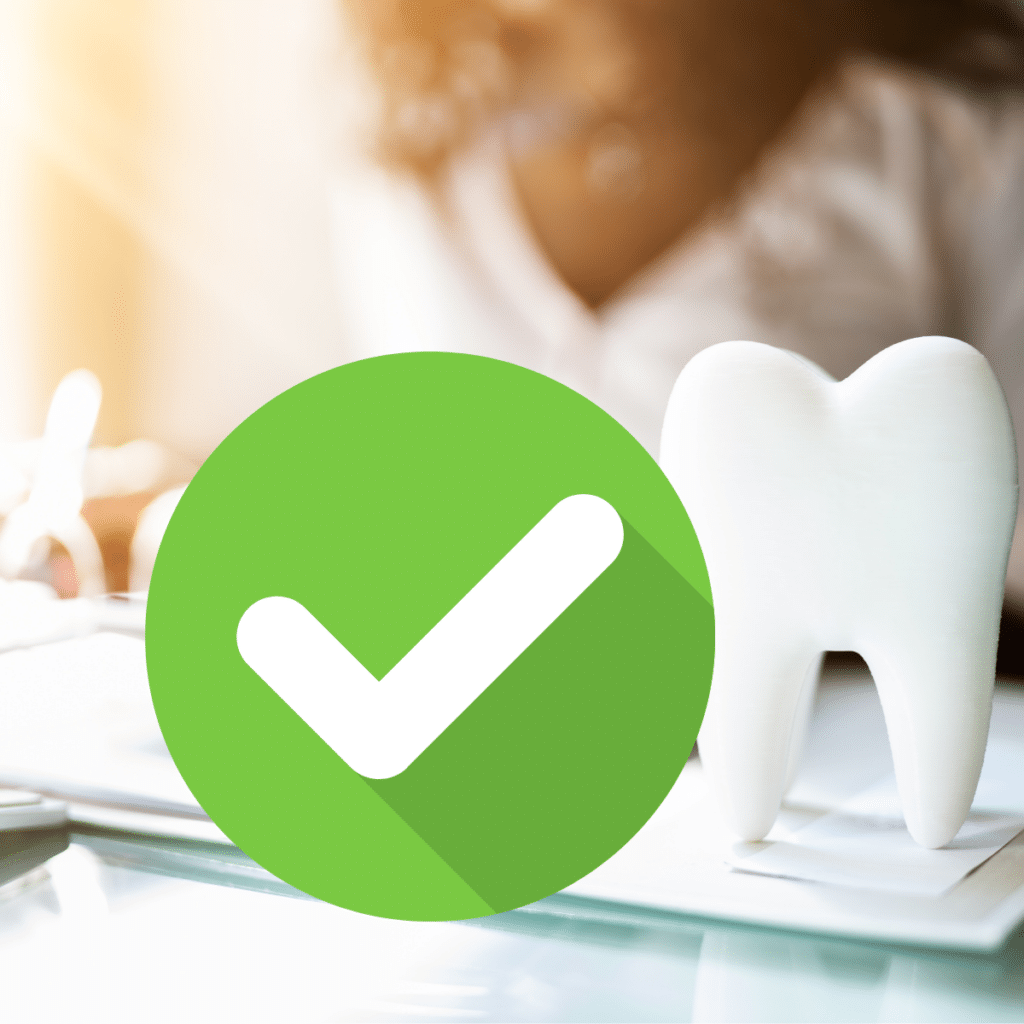
Dental crowns are a common and effective way to protect damaged teeth. But like anything in the mouth, they can still break under pressure. If you’ve just chipped, cracked, or completely lost a crown, it can be a stressful experience, especially if your dentist isn’t available right away. The good news is, there are safe and simple steps you can take at home to protect your tooth until you can get the care you need. Let’s take a look at what to do for a broken crown until you can see a dentist.
What Is a Dental Crown?
First, what is a dental crown? A dental crown is a custom-made cap that fits over a damaged or weakened tooth. Crowns are designed to restore the tooth’s shape, size, strength, and appearance. They can be made from a variety of materials, including:
- Porcelain or ceramic, which blend in naturally with your other teeth
- Metal alloys, such as gold or stainless steel, which are very durable
- Porcelain fused to metal, which offers both strength and a natural look
- Resin, which is more affordable but may wear out more quickly
Crowns are bonded in place by your dentist and are meant to withstand everyday chewing and biting. With proper care, they can last for many years, but they’re not indestructible. They can become cracked, chipped, or break off completely under certain circumstances.
How Do Crowns Break?
A crown might crack, chip, or come loose for a number of reasons. Sometimes it happens suddenly—like biting down on a hard piece of food, grinding your teeth at night, or taking a hit to the mouth. Other times, wear and tear builds up gradually until the crown finally gives out.
To help prevent a broken crown, avoid chewing on ice, hard candy, or non-food items. If you grind your teeth, talk to your dentist about a nightguard. And always keep up with regular dental checkups so your dentist can spot any early signs of damage.
Do you have a broken crown?
Make an appointment with a BDG dentist online now >>
What to Do If You Have a Broken Crown
If your crown cracks or falls off and you can’t get to the dentist right away, don’t panic. Here’s what you can do to keep the area safe and reduce discomfort until your appointment:
1. Save the Crown
First, if you have the crown, keep it. If the crown has completely come off, rinse it gently with water and store it in a clean container. In some cases, your dentist may be able to reattach it, so it’s helpful to keep it.
2. Rinse Your Mouth
Use warm salt water to rinse the area. This helps clean the site and reduce the risk of infection or irritation. Keep up with your regular, twice-daily brushing and flossing, but treat this area especially gently.
3. Protect the Tooth
A broken crown can expose the underlying tooth, which may be sensitive to temperature, pressure, or bacteria. Use over-the-counter dental cement (available at most pharmacies) to cover the exposed area temporarily. This will cover the exposed sensitive areas of the tooth, prevent any ragged or sharp pieces from cutting your tongue or cheeks, and lessen the pain you might feel from sensitivity.
4. Avoid Sticky or Hard Foods
Chew on the opposite side of your mouth and stick to soft foods. Avoid anything crunchy, chewy, or hot and cold, which could worsen sensitivity or damage the remaining tooth structure.
5. Manage Discomfort
If you’ve lost a crown, it can be a painful experience. A lost crown will expose the more sensitive areas of your teeth that are normally covered by your tooth, and this can be painful. If you’re experiencing pain, over-the-counter pain relievers like ibuprofen or acetaminophen can help. Avoid using aspirin directly on the tooth or gum tissue, as this can cause irritation.
6. Schedule a Dental Appointment
Even if you’ve managed to reduce discomfort at home, it’s still important to see your dentist as soon as possible. A broken crown can leave your tooth vulnerable to further damage or decay, so professional treatment should not be delayed for too long. Call your dentist as soon as possible and tell them about your situation.
When to Seek Emergency Dental Care
In some cases, a broken crown may require more immediate attention. If you’re in severe pain, notice swelling or signs of infection, or if the tooth beneath the crown is sharp and cutting into your tongue or cheek, call your dentist right away. These situations may require emergency dental care to prevent complications before they become more serious.
Stay Calm and Take the Right Steps
A broken crown can feel like a big deal, but it can be fixed. By protecting your tooth at home and contacting your dental office for follow-up care as soon as possible, you’re already doing the right thing. With the right steps and a little support, your smile will be back to normal in no time. If you live in or around the Las Vegas area and you have a broken or damaged crown, we can help. Call BDG offices today at 702-388-8888 or schedule an appointment online.


